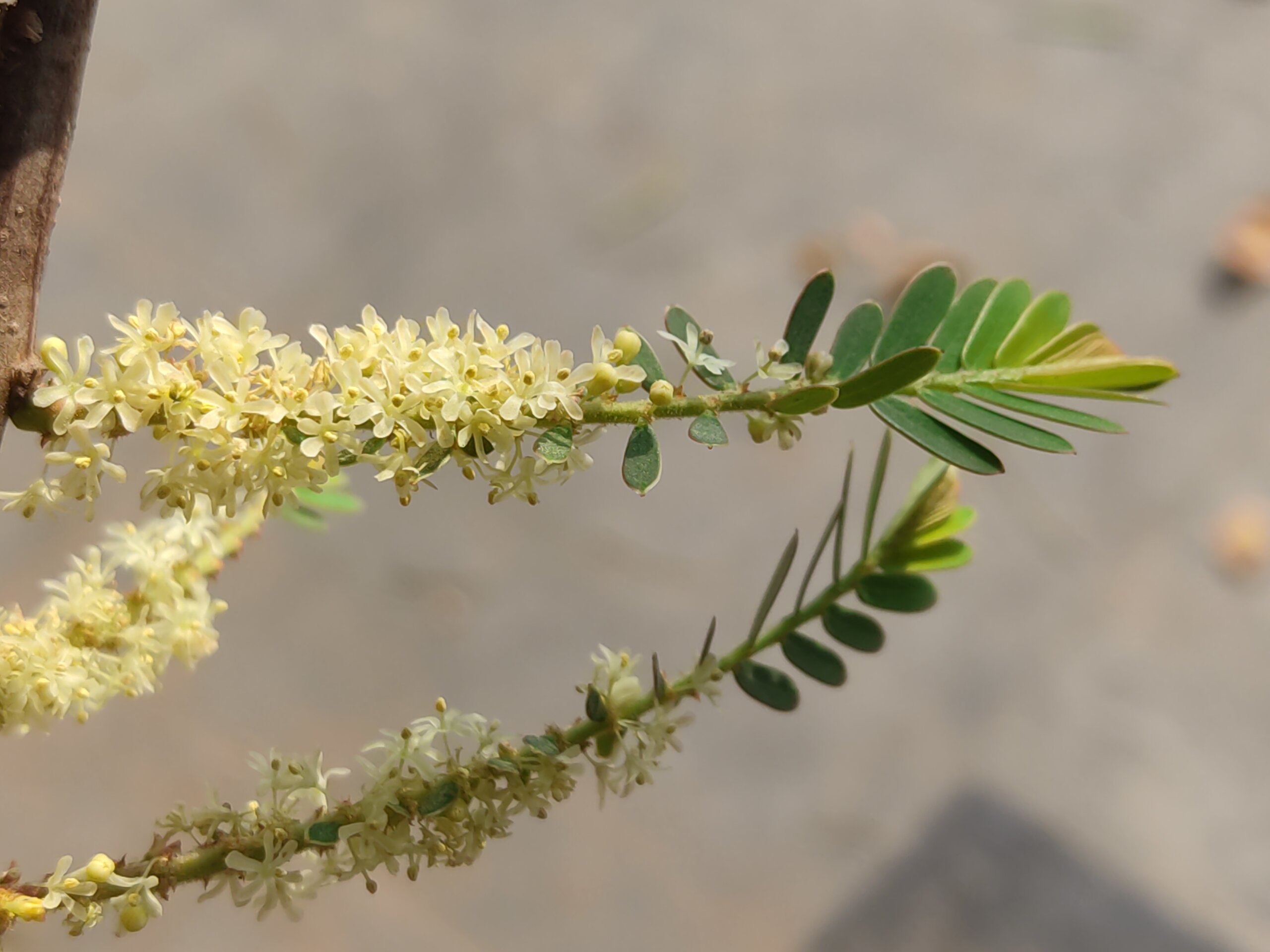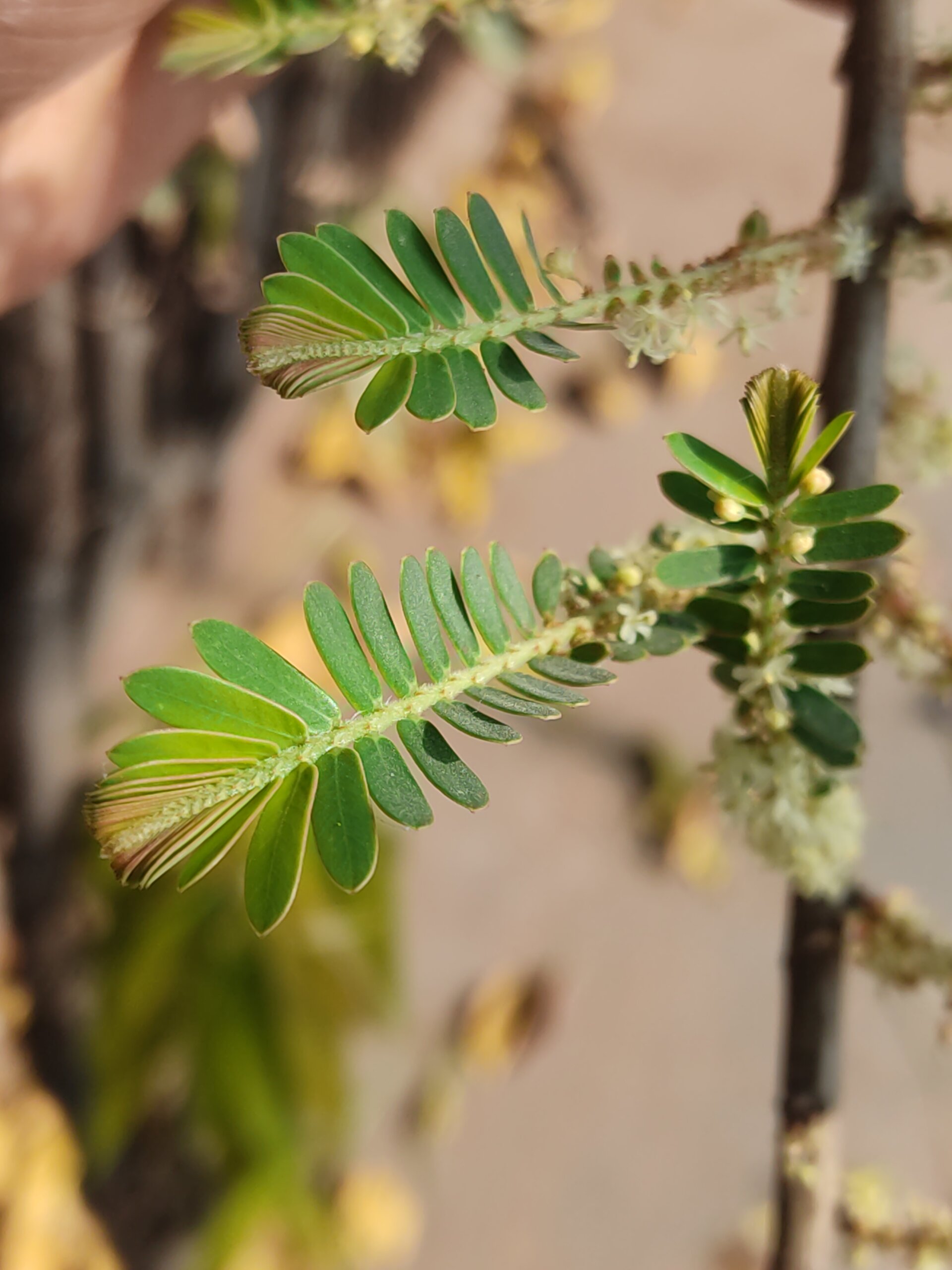IUCN Status
 : Not Applicable
: Not Applicable
- Jaipur / Rawatbhata, chittorgarh / Rawatbhata, chittorgarh / Jhunjhunun
- Cultivated
-
Amla is a small to medium sized deciduous tree, reaching 8 to 18 m in height. The tree has crooked trunk and spreading branches.
The leaves are simple, nearly stalkless and closely set along slender branchlets.
The leaves are often mistaken for leaflets of pinnate leaves.
The genus name Phyllanthus is derived from Greek words meaning leaf-flower, an allusion to the apparent bearing of flowers on the leaves.
Amla flowers are small, greenish-yellow or pinkish. The flowers have six segments, but no real petals. Male and female flowers are carried separately on the same branch.
The fruit is nearly spherical, light greenish yellow, quite smooth and hard on appearance, with 6 vertical stripes or furrows. Ripening in autumn, the berries are harvested by hand after climbing to upper branches bearing the fruits.
The taste of Amla is sour, bitter and astringent, and is quite fibrous. In India, it is common to eat gooseberries with salt and water to make the sour fruits palatable.
-

IMG_20250321_092505 -

IMG_20250321_092440
